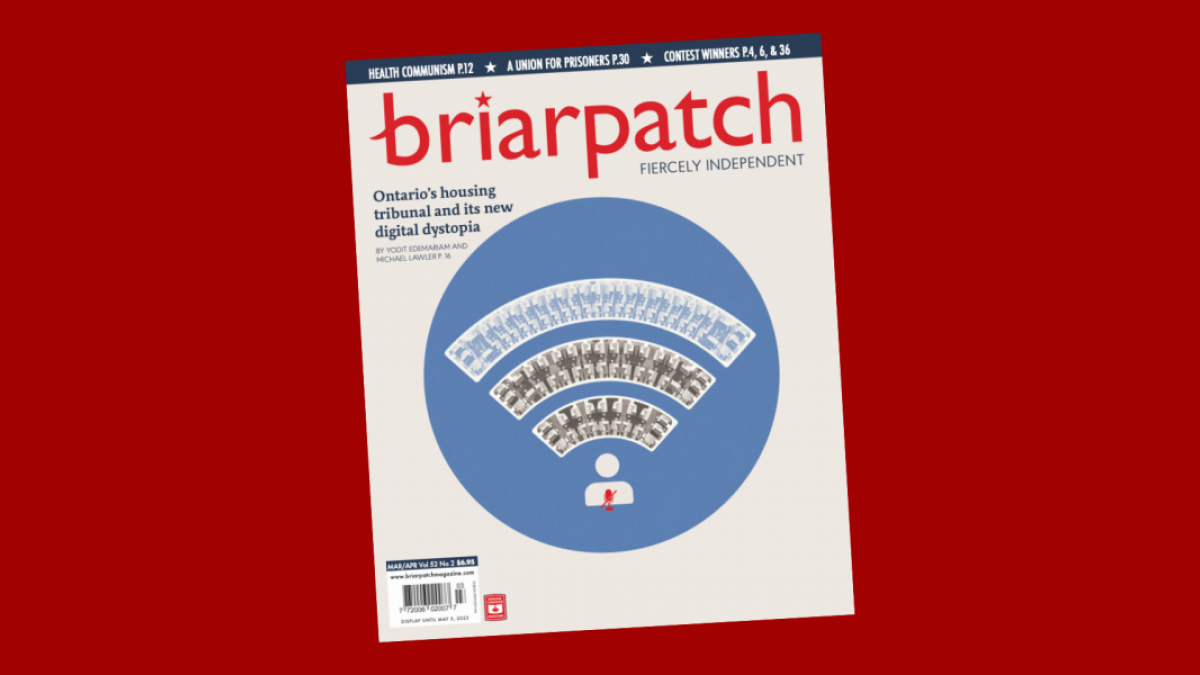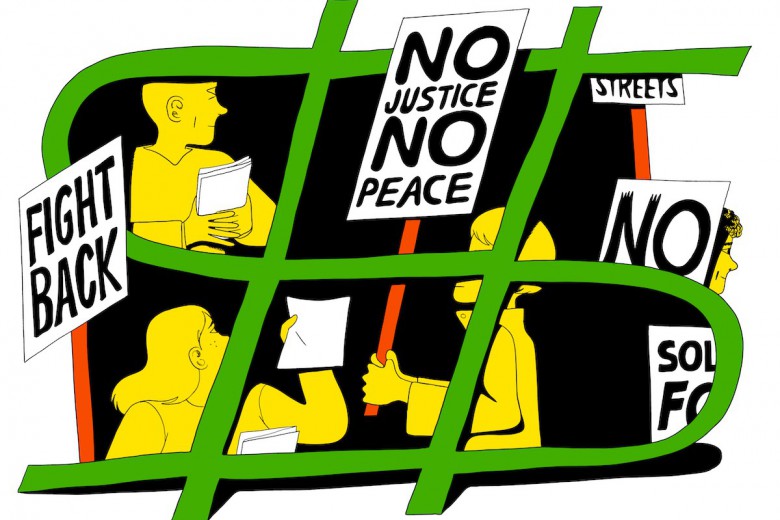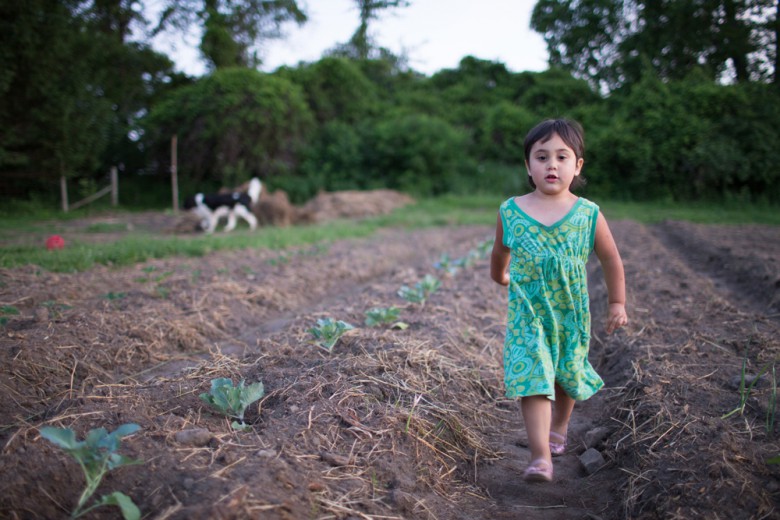I was 19 and in my first year of university when I came across Briarpatch for the first time. I didn’t grow up in a leftist family, and at the time, I didn’t know that political engagement beyond voting was possible. Briarpatch introduced me to radical politics and provided me with an archive of left struggles, strategies, and lessons. It also provided me with an idea of what leftists are up against.
I know I’m not the only organizer who feels overwhelmed by the scale of the crises we’re facing. Though the left can claim many promising resistance efforts, the scale of capitalism’s depravity is enormous. From the eviction and houselessness crisis to health care privatization to climate catastrophe, it’s difficult not to be overcome by pessimism and despair. But, as Beatrice Adler-Bolton reminds us in this issue, effective left organizing is made up of many small movements consisting of “great people doing great work under difficult circumstances,” and that grassroots perspective Briarpatch’s coverage starts with can often make the path forward clearer.
Recently, I sought guidance in geographer and prison scholar Ruth Wilson Gilmore’s Abolition Geography, a collection of three decades of Gilmore’s writing. Gilmore explains that contemporary racial capitalism operates through what she calls an “anti-state state” that responds to crises with the “organized abandonment” of people it deems disposable. Politicians and political parties run on platforms condemning the state, and once elected, divest the state from certain areas of social welfare provision, insisting less funding for essential services will make our lives better. The state then pours money into organized violence like policing and incarceration and criminalizes the Black, brown, and poor communities affected most by the cuts to services.
It’s in these abandoned places that Gilmore maps out “abolition geographies.” At the center is the prison, “the site where state-building is least contested, yet most class based and racialized.” Gilmore reminds us that freedom is not only a principle, but also a place – a tangible, physical space made up of material and social conditions. Freedom is social and spatial, and when we organize a housing co-op, a union, or a mutual aid group, we’re creating spaces with the potential to become abolition geographies.
Many of the articles in this issue highlight the people the state has abandoned. Andi Vicente’s photography essay depicts the forced displacement of Indigenous people in the Philippines due to the worsening climate crisis and foreign resource extraction on unceded land. In our cover story, Yodit Edemariam and Michael Lawler write about the Ontario Landlord and Tenant Board’s shift to online hearings and the low-income and immigrant tenants unable to attend their own eviction hearings.
In other pieces, we find ways to better organize and include abandoned places into our movements. Jordan House and Asaf Rashid make an argument for unionizing prison labourers, arguing that organizing prisoners is a critical step toward abolishing prisons. Challenging the abled/disabled binary, Megan Linton and Beatrice Adler-Bolton argue that embracing the impossibility of health under capitalism is key to achieving a post-capitalist future.
I’m so excited to have this issue of Briarpatch be my first as interim editor. In January, Briarpatch’s editor Saima Desai began her one-year leave of absence; this issue wouldn’t have come together without her patient mentorship and guidance. I’ve learned so much from this issue’s contributors in editing their daring and clear-eyed writing. I hope the poetry, fiction, photography, and features in this issue provide you with some optimism and hope in these disorienting times.







